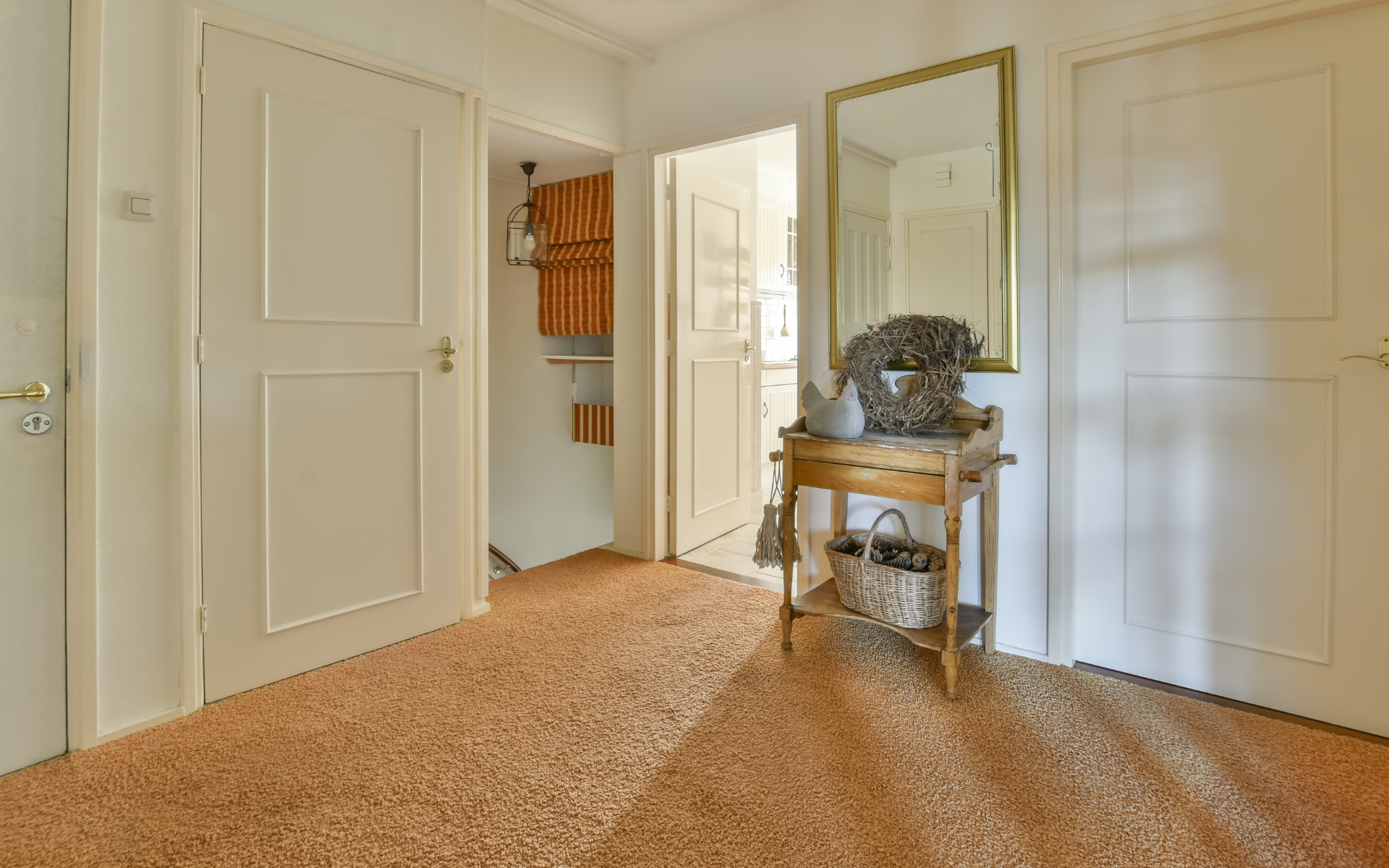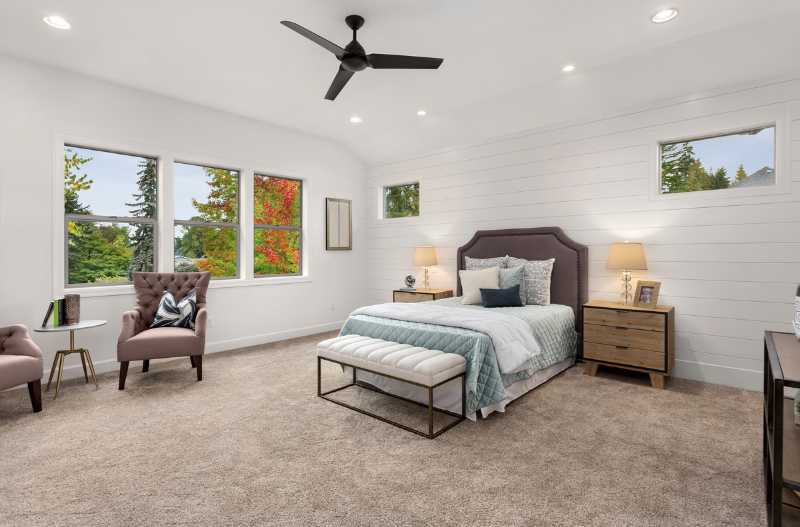BOOK COMPLIMENTARY IN-HOME or SHOWROOM CONSULTATION
Both Locations
Call Us
BOOK COMPLIMENTARY IN-HOME or SHOWROOM CONSULTATION
Understanding Carpet Padding: Maximizing Comfort & Durability
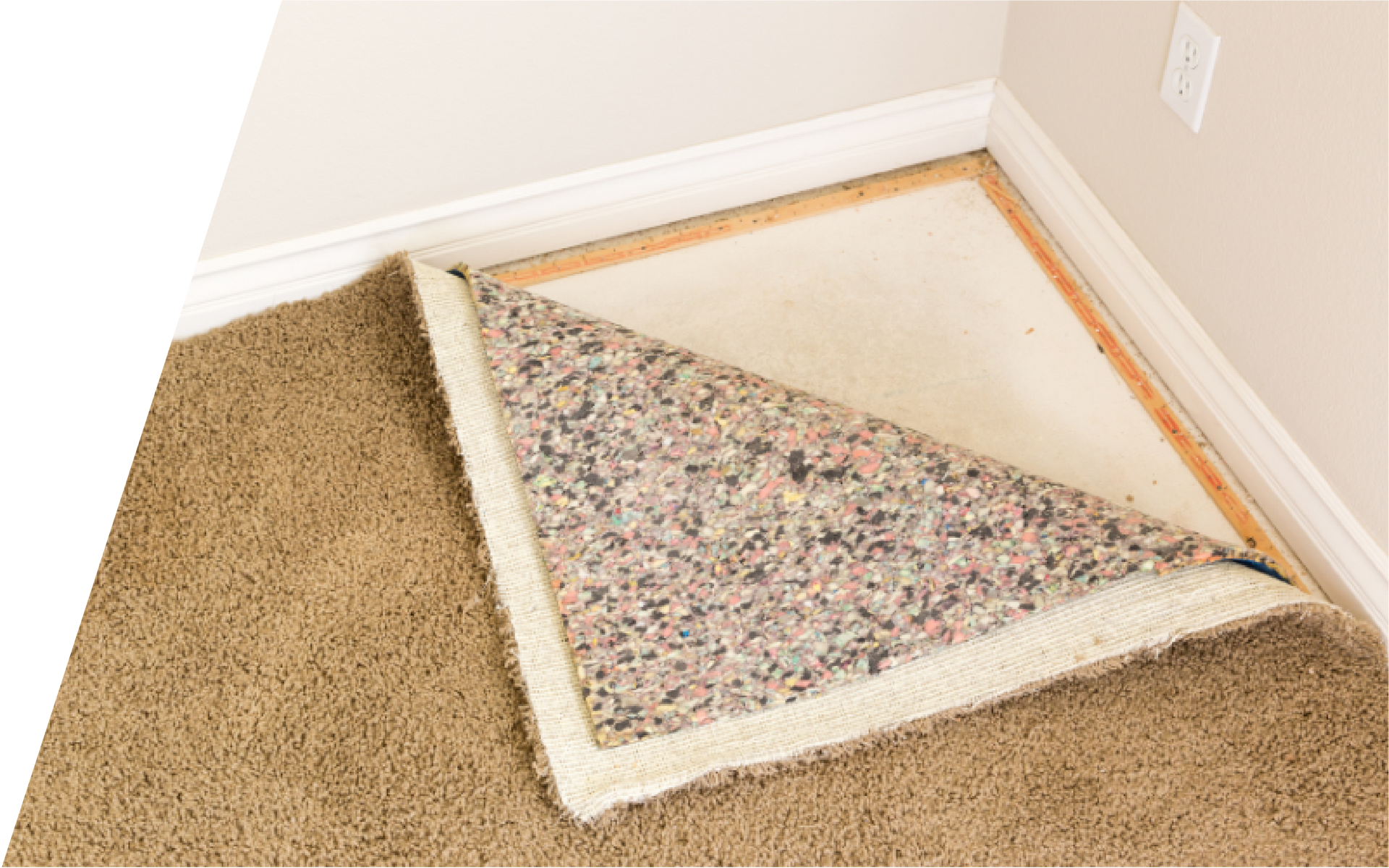
Share this page:
Many homeowners don’t realize how much the lifespan and comfort of their carpeting installation depend on the right carpet padding. Choosing the wrong padding can lead to several issues, from wrinkling and buckling to accelerated wear. In fact, using incorrect carpet padding can also void your carpet warranty. Also known as carpet under pad, padding comes in various grades and types, including foam, synthetic fibers, or rubber. Here are some benefits of each type to help maximize comfort and durability, with recommendations for the right carpet padding for different applications.
Benefits of Quality Carpet Padding
Installing quality carpet padding offers several benefits, including:
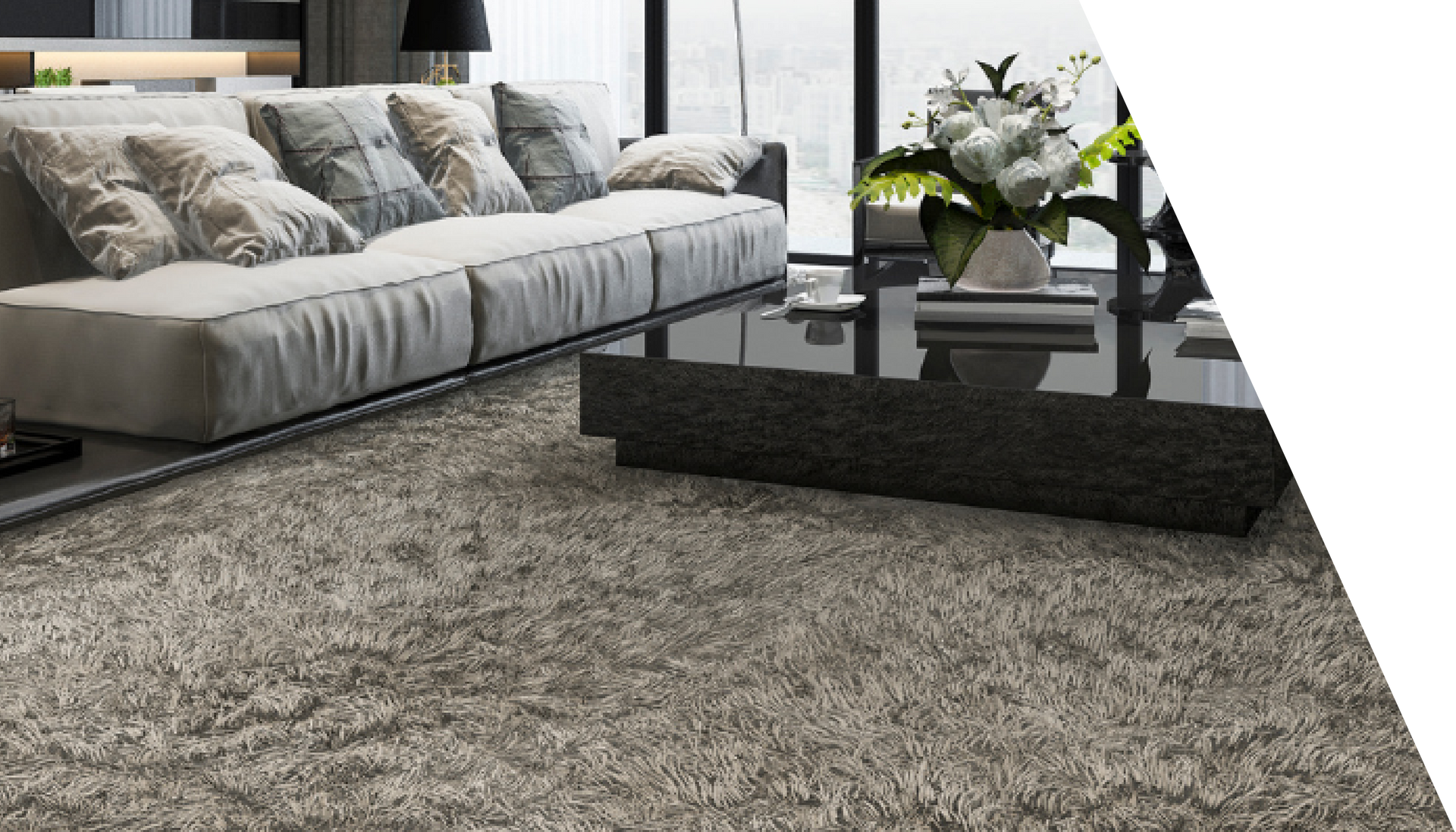
Improves the Look of Your Carpets
Padding minimizes the shock of traffic on your carpet, which reduces matting and compression of your carpet fibers. As a result, your carpet looks better and lasts longer.
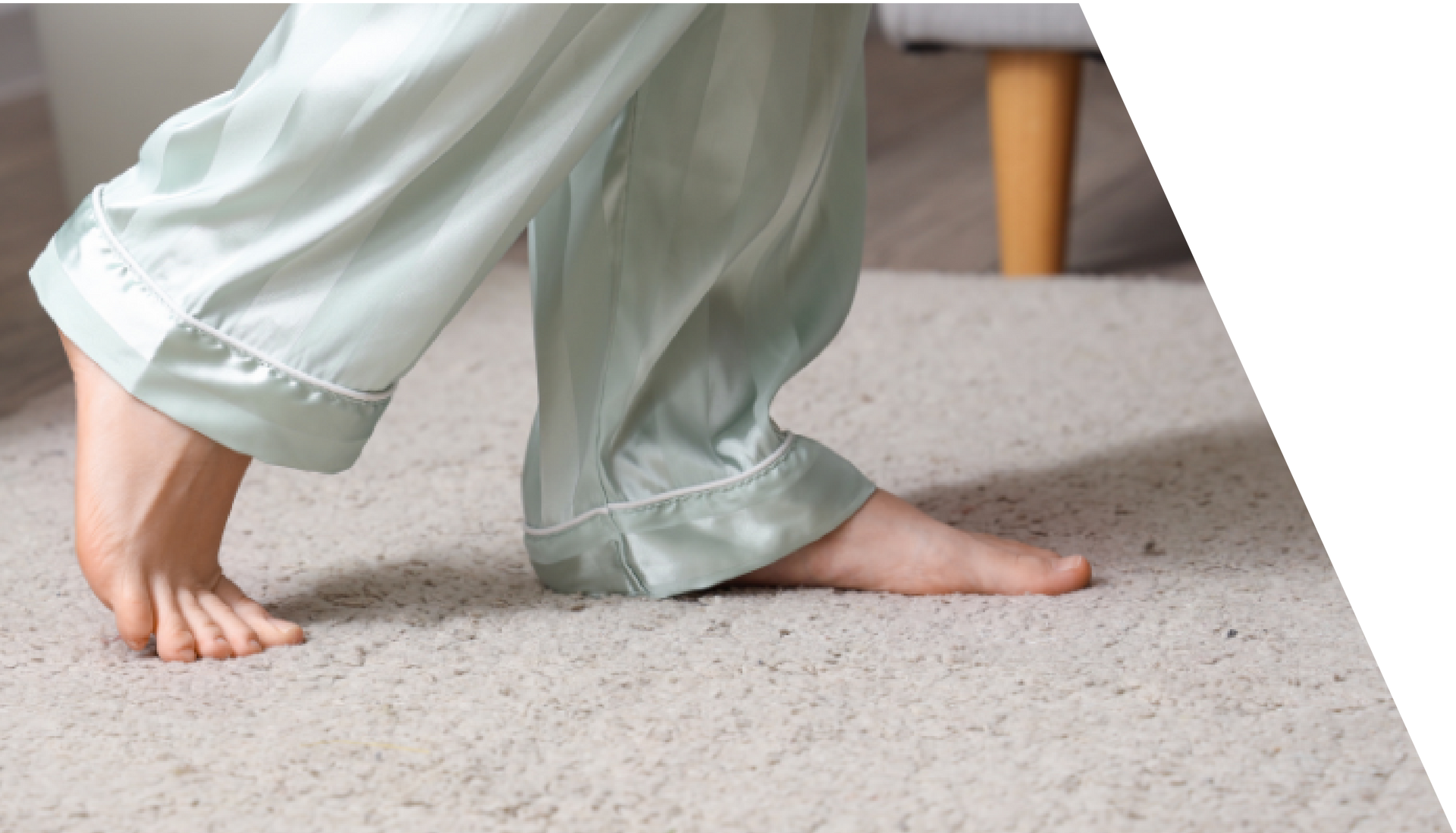
Comfort
Because padding helps absorb the shock of foot traffic, it also puts less strain on your feet, legs, and back, providing a soft feel whether you’re standing, walking, lying, or sitting.
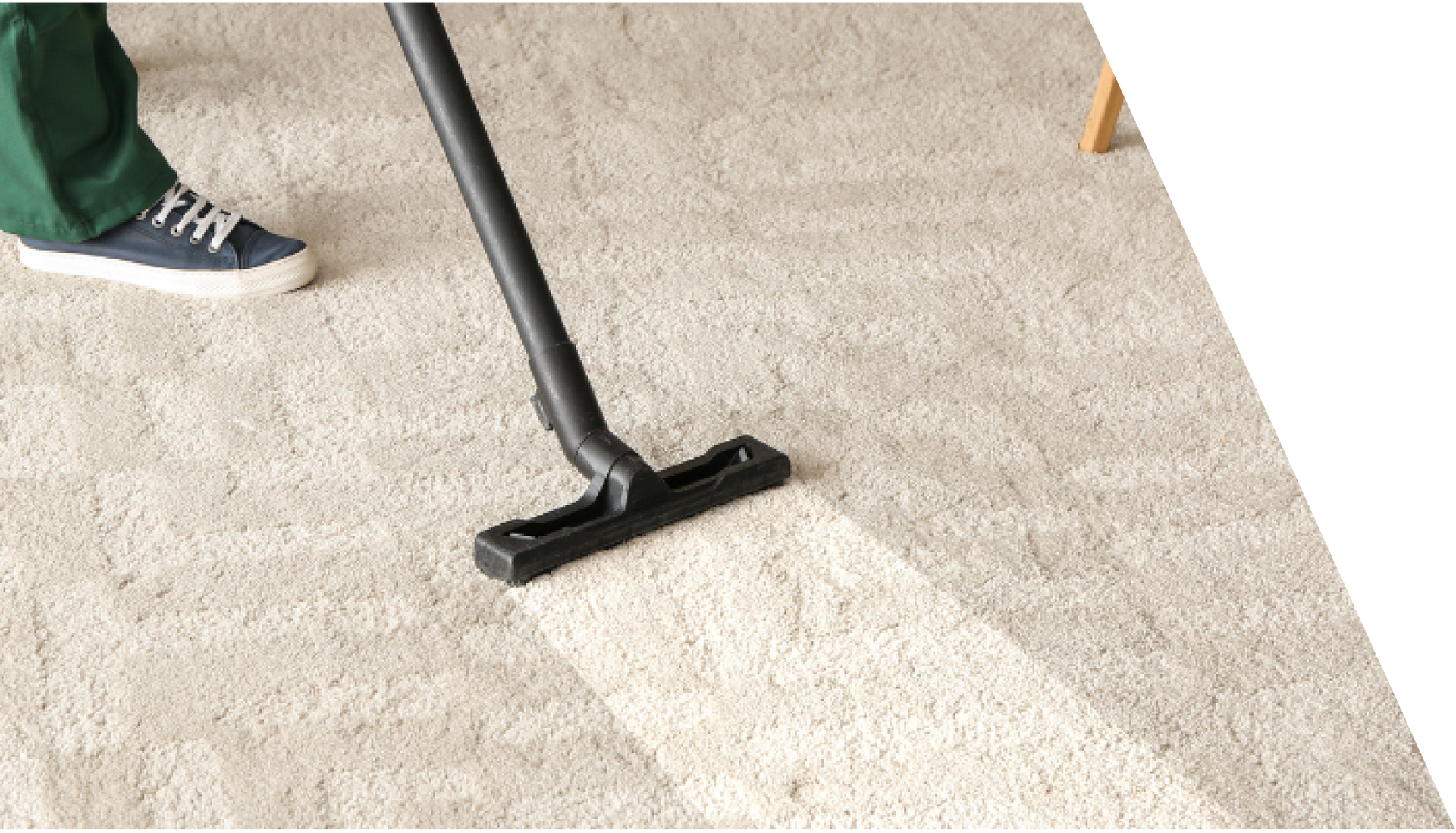
Easier Maintenance
Padding creates air circulation between the carpet and floor, which optimizes the performance of your vacuum. As a result, it’s easier to maintain your carpets and remove debris.
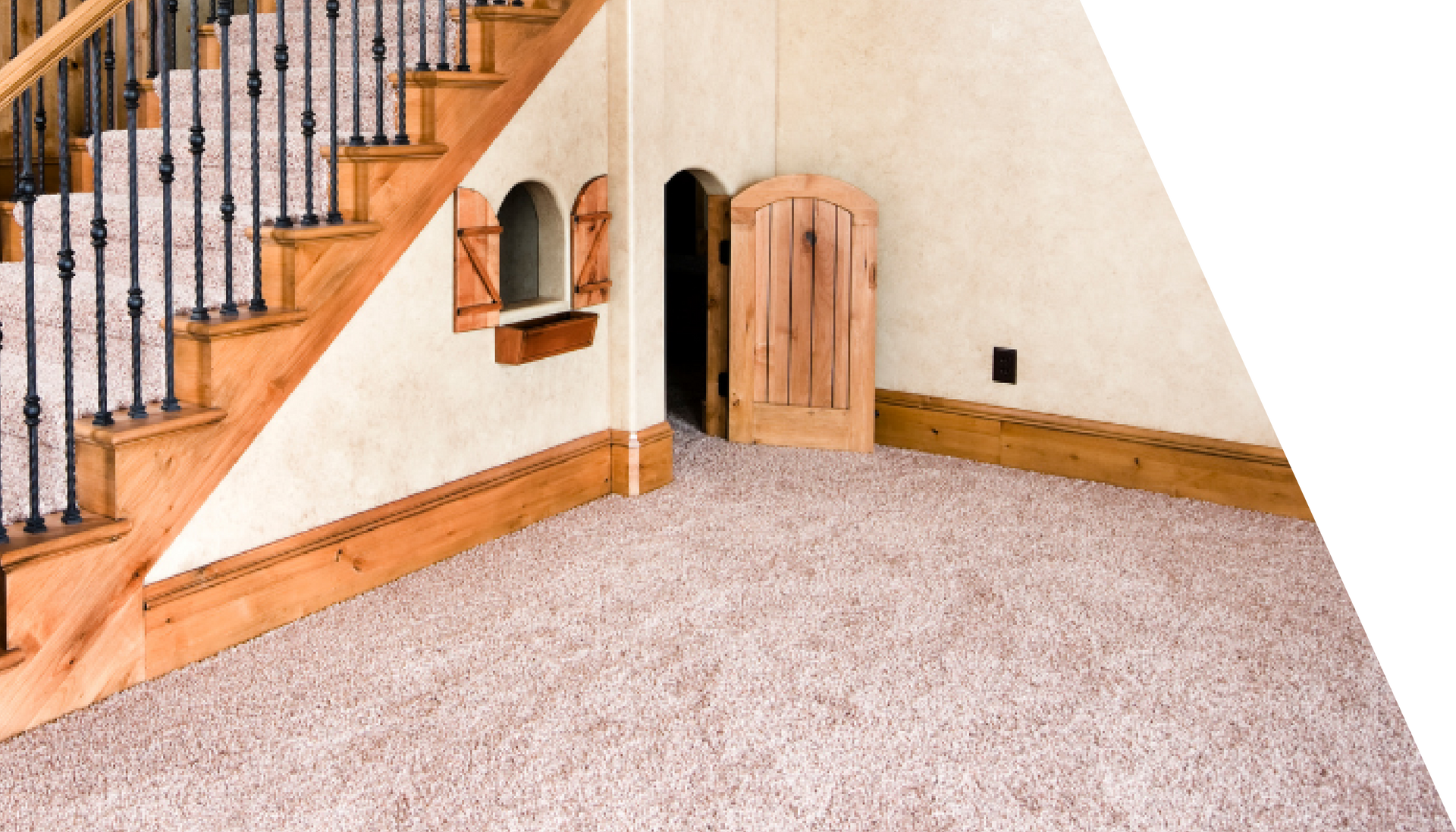
Noise Absorption
While carpets help muffle noise, padding reduces sound transference further. This results in less noise between walls and floors.
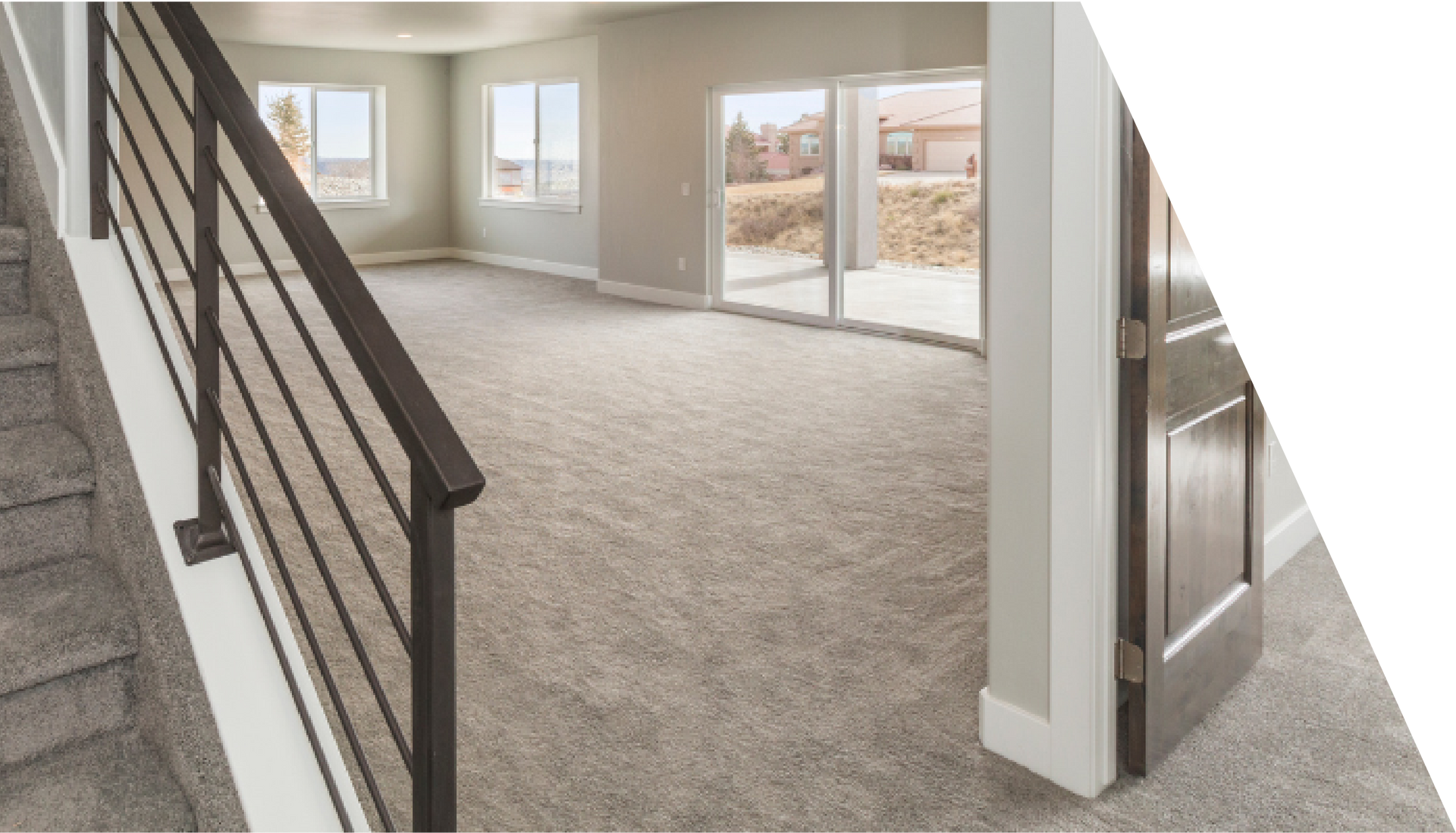
Insulation Improvement
Padding is insulating, helping to keep floors warmer, especially in spaces with concrete sub-floors or rooms like basements.

Extended Life of Carpets
The right carpet padding helps extend the life of your carpeting by reducing stress and compression on carpet fibers while making it easier to remove debris that can add to wear and tear.
Choosing the Right Padding for Different Rooms
Carpet padding has different characteristics designed for specific uses based on the density and amount of force the padding can take. The density indicates the amount of traffic recommended and how much support and firmness they provide underfoot.
Common types of padding include:

Rubber
Rubber padding is highly durable and has a comfortable feel underfoot. It is ideal for higher traffic areas and is used when installing carpet over in-floor heating.

Rebonded Foams
Rebonded foam pads are the most popular because they offer the most value and the best durability. They come in a variety of thicknesses and densities for every carpet installation scenario and are made from 100% recycled foam. However, despite their durability, they are not recommended for high-volume traffic areas.
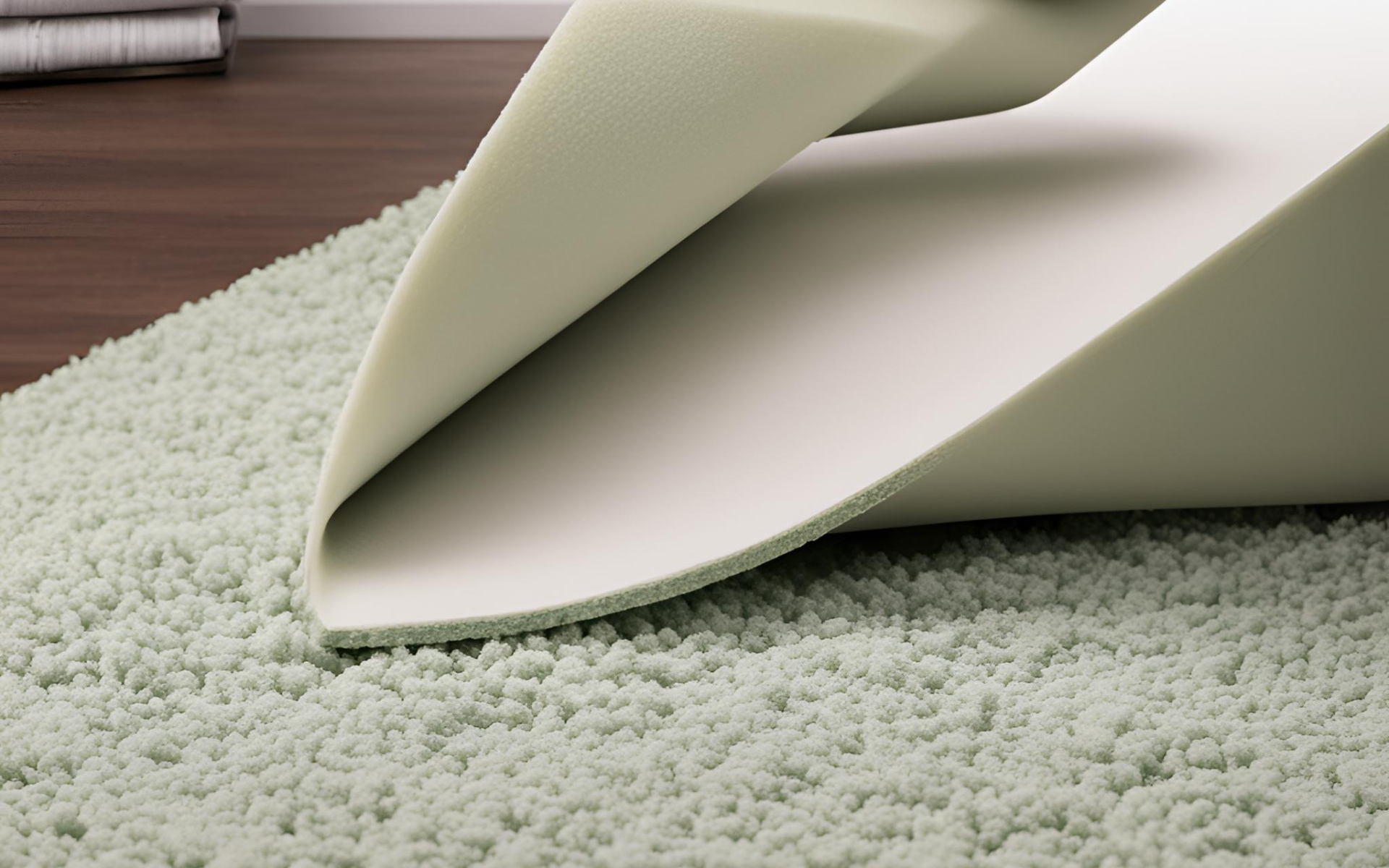
Prime Foam
Prime foam padding uses brand-new material and is denser than rebonded foam. Although it is firmer, it compresses more quickly than rebonded foam because the “virgin” materials have more air pockets. It is an inexpensive, comfortable option available in several densities and thicknesses but doesn’t offer the same durability as rebonded foam. Therefore, it doesn’t offer as much overall value.
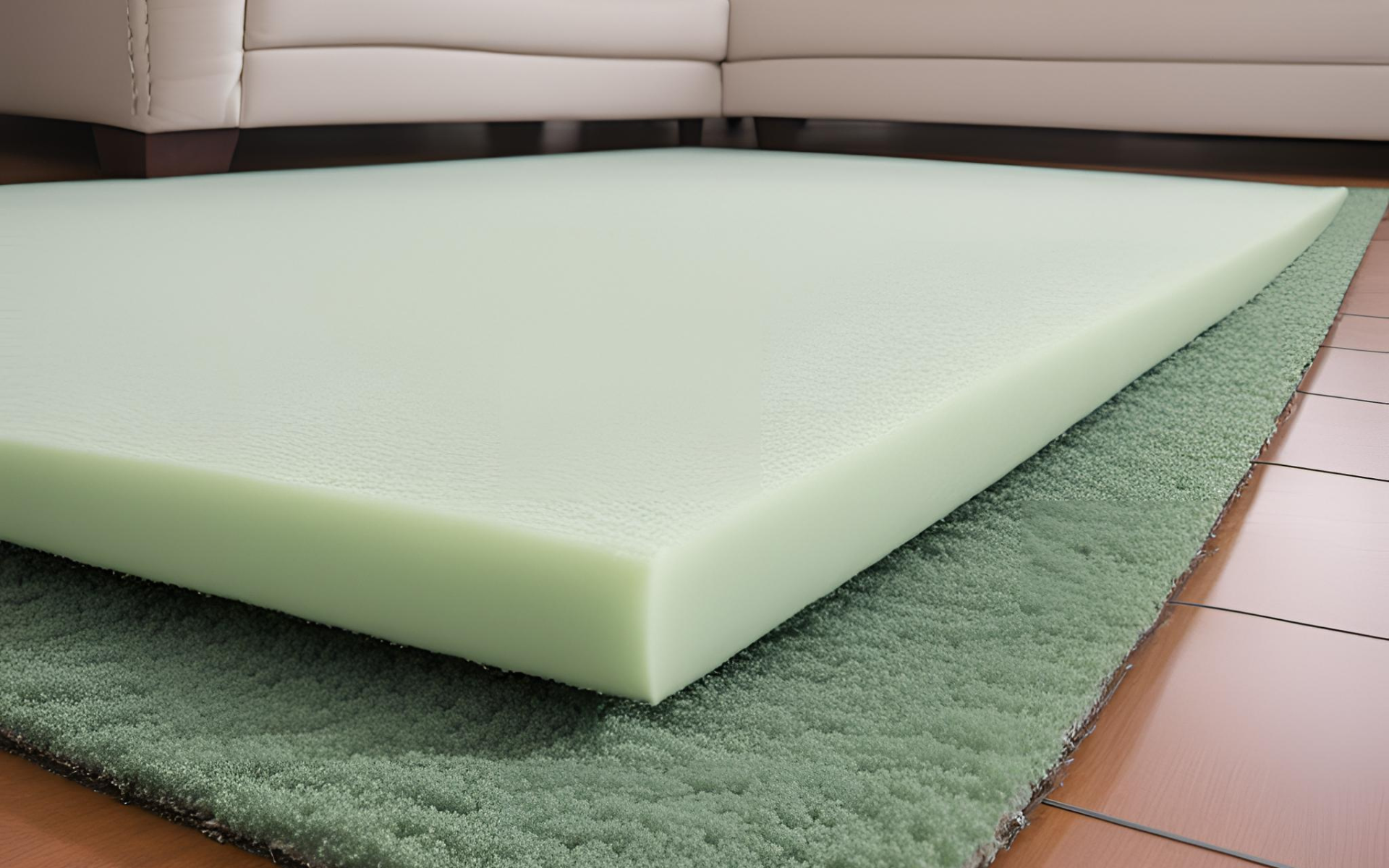
Memory Foam
Memory foam is made of frothed foam for extra give and added comfort. It isn’t suited for high-traffic areas as it will flatten out quicker, despite being designed to return to its original shape. The constant compression and popping back-up action actually put more strain on the material, which is why it wears and flattens more quickly. While it is expected to last as long as other types of foam in moderate to low traffic areas, as a newcomer in the padding industry, there aren’t conclusive reports on its durability over longer periods. You’ll also pay a premium for the added comfort.

Fiber
This padding is made from a combination of different materials such as nylon, polyester, and felt. They aren’t as soft as foam padding because they are flatter and denser. As a result, they are more durable, making them better for high-traffic areas, including commercial settings. However, if you are installing Berber, loop pile carpets, this padding is recommended and, in some cases, a requirement for the warranty.
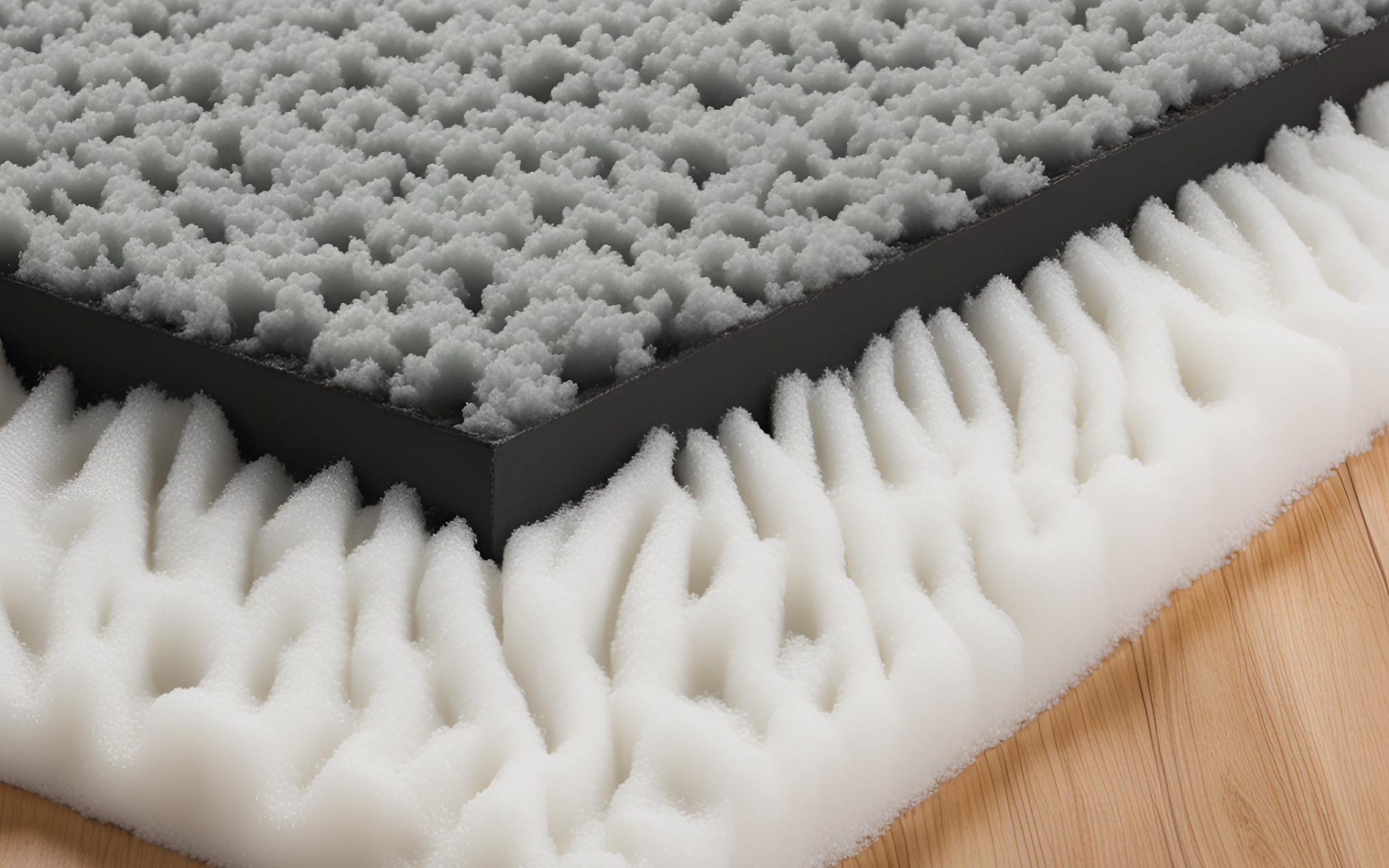
Residential Installations
Residential carpet padding generally calls for something more comfortable underfoot. We recommend 6.5 to 8 lb., 7/16” bonded padding or 10 to 12 lb., ½” frothed foam. However, when installing
looped (Berber) carpets, you need a denser, thinner pad such as a flat sponge rubber or 6.5 lb. ¼” to 3/10” synthetic fiber.

High Traffic Areas
High-traffic areas call for a thin, dense pad similar to those used in commercial installations. Flat sponge rubber padding, 6.5 lb., 3/8” bonded padding, 12 lb., ¼” thick frothed foam padding, or 6.5 lb., 3/10” synthetic fiber padding work well. However, for residential use, it’s important to keep comfort in mind. Ask your
flooring specialist what padding they recommend based on your carpet type.
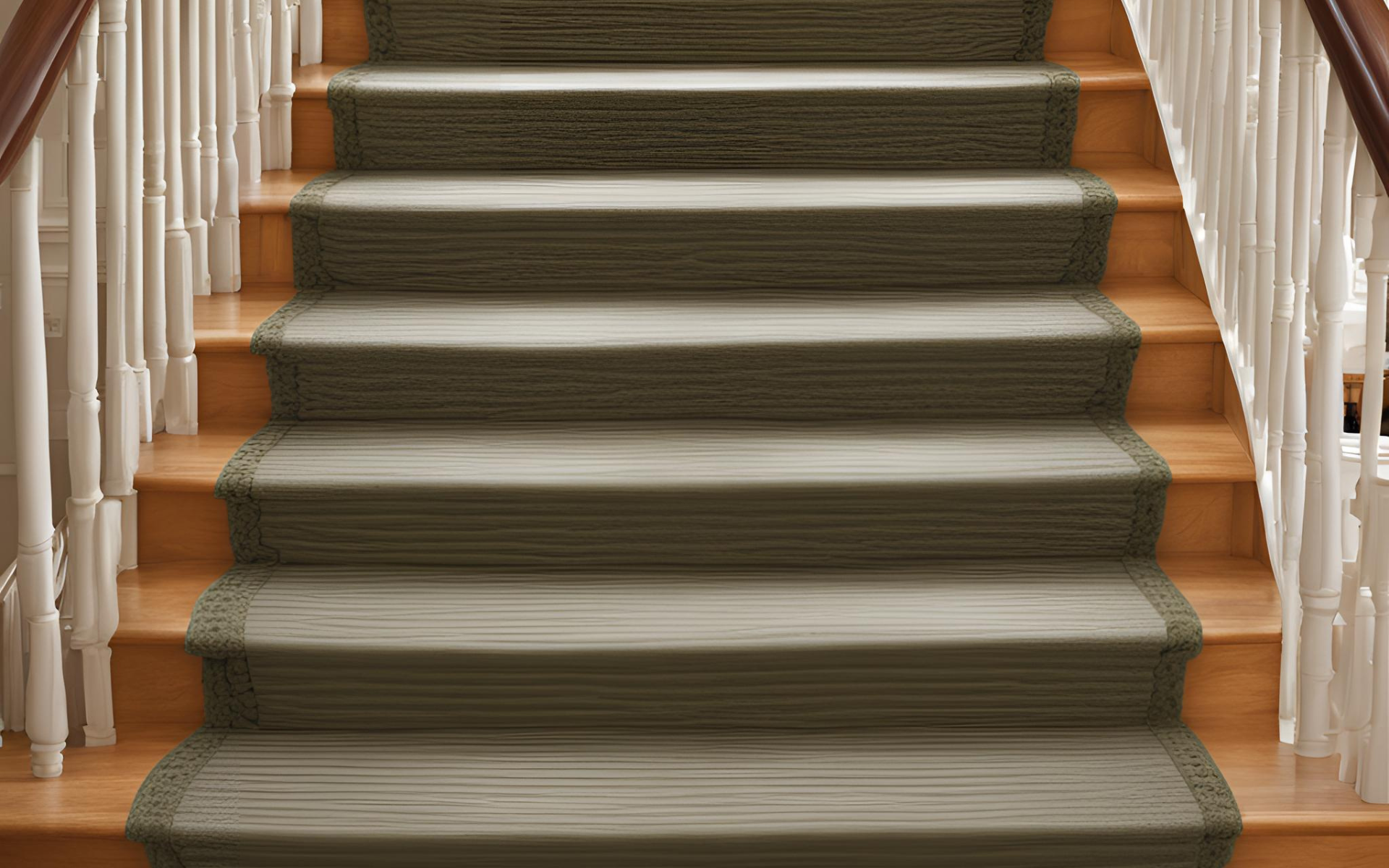
Carpet Pad for Stairs
Stairs are high-traffic areas, so require a higher density rebonded foam padding between 8 to 10 lbs. and a thickness of 3/8" or less. This will increase the durability and lifespan of the carpeting.
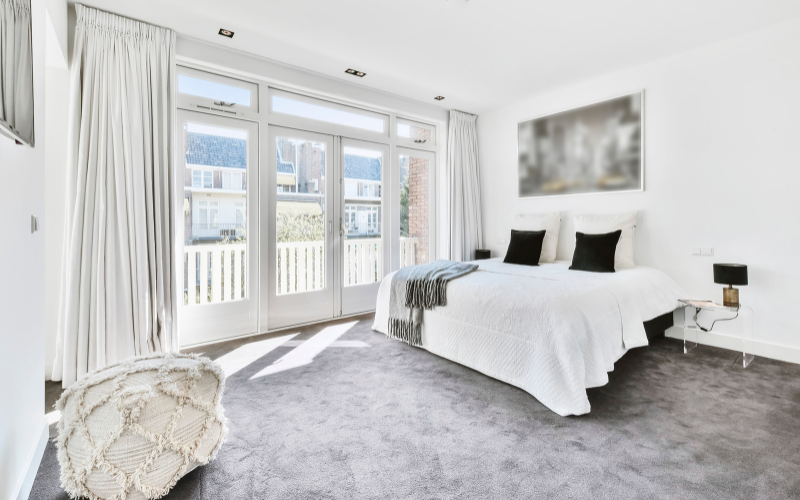
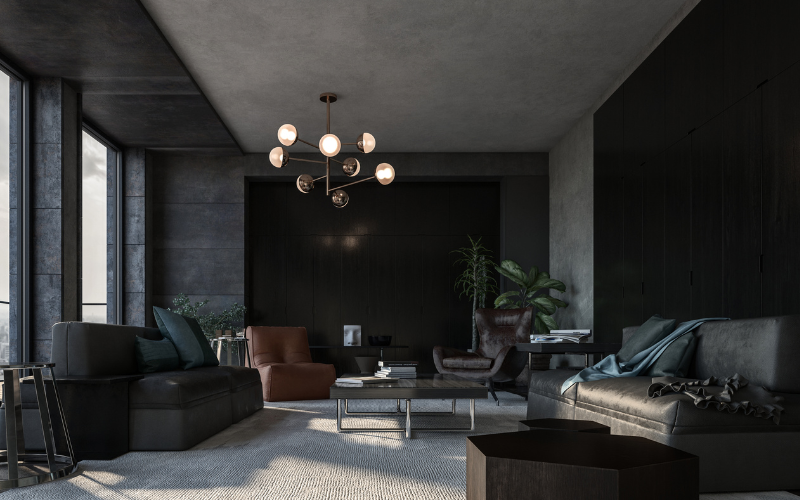
Carpet Pad for Bedrooms and Living Rooms
If budget allows, a nice memory foam or prime foam will create a luxurious, comfortable feel underfoot. Because these rooms are moderate traffic, the memory foam will also stand up longer. If the cost is too high, opt for bonded or prime foam based on your budget.
Common Mistakes to Avoid
There are a few common mistakes you want to avoid when choosing carpet padding, including:
Not Installing the Carpet Manufacturer’s Recommended Padding
Ignoring the carpet manufacturer’s padding recommendation can void the warranty for your carpets. This can be a very costly mistake. Be sure to review the conditions of the warranty to make the right choice. Even if the carpet specialist has a special offer, such as free padding with installation, going with the recommendation is best.
Not Replacing Old Padding
When you are replacing old carpets with beautiful new carpets, it’s essential to also replace the padding. Although it seems like you’re saving money, this will cost you in the long run as the padding continues to break down and interferes with the appearance and performance of your new carpets.
Not Considering Traffic
The padding you choose is directly impacted by traffic volume.
Ensuring you consider the traffic in each room will extend the life and durability of both the padding and your carpets.
Choosing the Thickest Carpet Padding
While it might seem thicker is better, it depends on the traffic volume as well as the carpeting type. For example, Berber carpets require thinner padding, as do higher traffic areas.
This guide provides the insights you need to make smart decisions for your carpet pads and installation.
Share this page:
Further Reading: Related Blog Post Topics
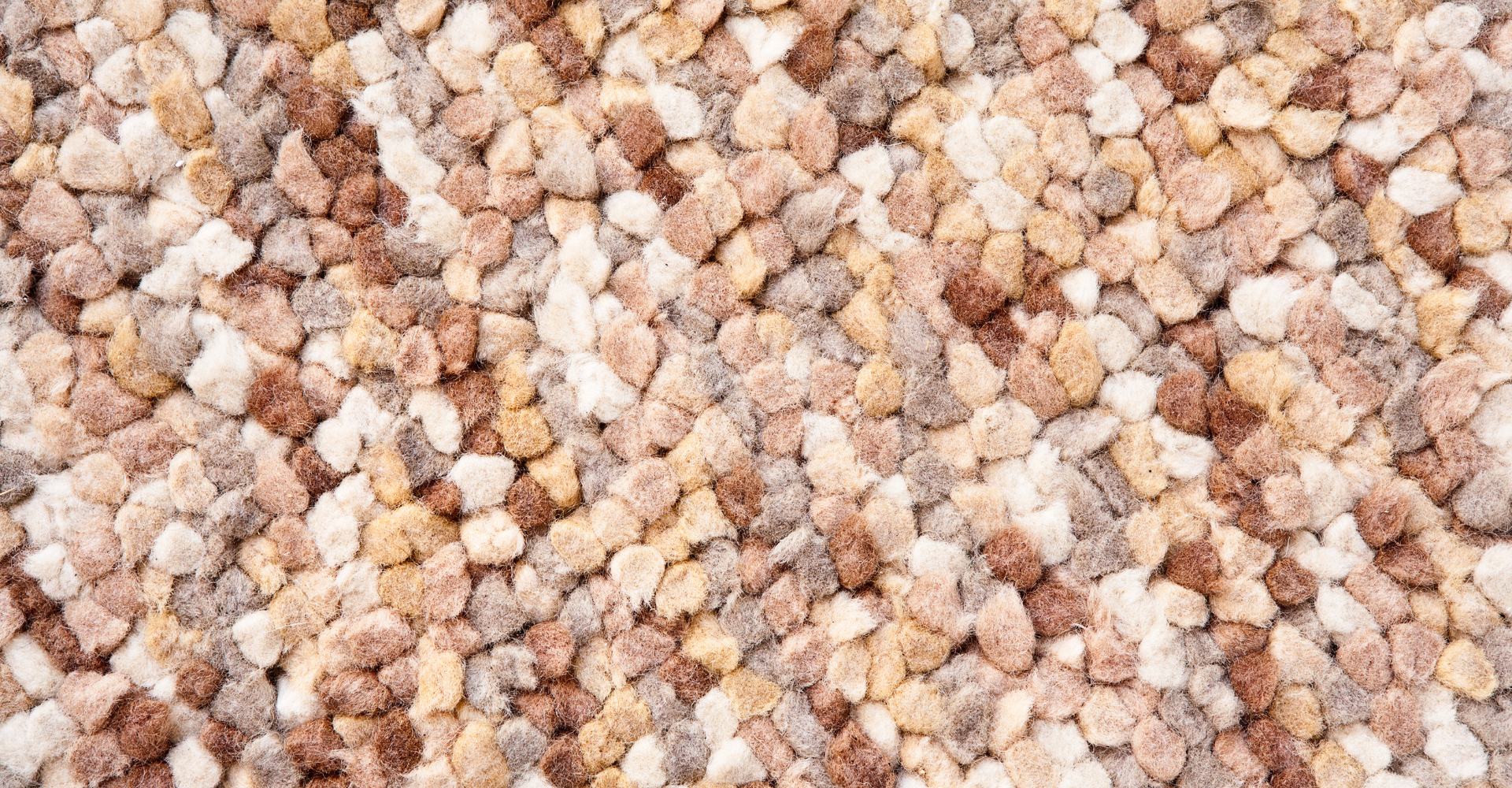
Site Map
Call Us
630-333-0925 (South Barrington, IL)
630-825-8088 (Naperville, IL)
Email Us
Follow
Business Hours
- Mon - Fri
- -
- Saturday
- -
- Sunday
- -
SCV Floorsmith is pleased to offer top quality flooring solutions to Algonquin • Arlington Heights • Aurora • Barrington • Barrington Hills • Batavia • Bloomingdale • Bolingbrook • Carol Stream • Downers Grove • Elgin • Elk Grove Village • Geneva • Glen Ellyn • Hoffman Estates • Inverness • Lake Zurich • Lisle • Lombard • Naperville • Palatine • Plainfield • Romeoville • Roselle • Schaumburg • South Barrington • South Elgin • St. Charles • Streamwood • Warrenville • West Chicago • Wheaton • Woodridge and surrounding communities
© 2024 SCV Floorsmith. All rights reserved.


